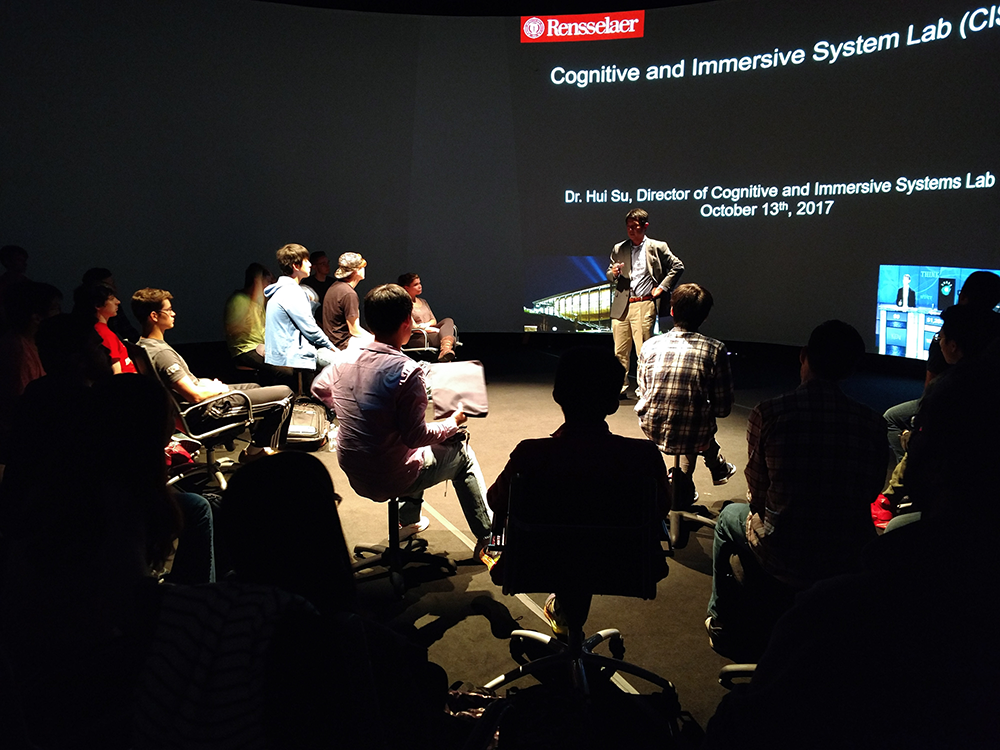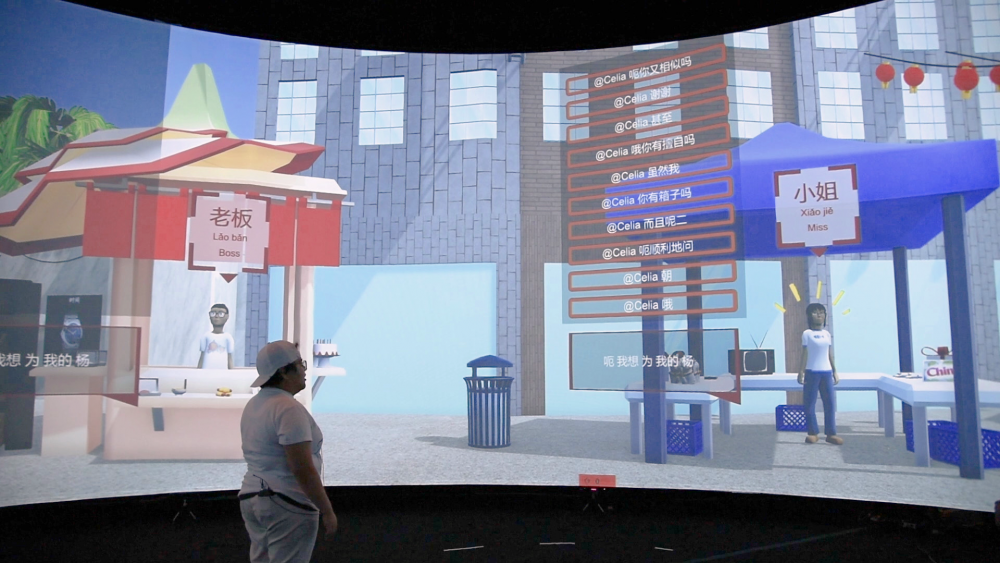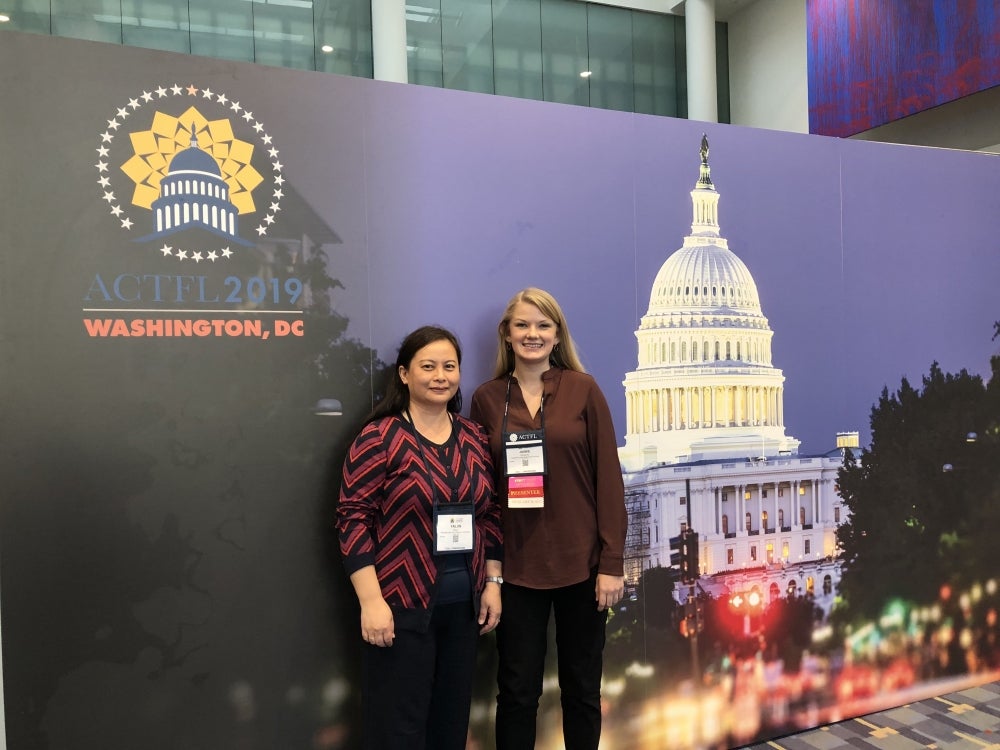News Archive
Another harbinger of things to come sits on a hillside near the Hudson River in upstate New York, where an immersion lab with 15-foot walls and a 360-degree projection system transports Rensselaer Polytechnic Institute language students to China, virtually.
In a collaboration between Rensselaer and IBM Research, the Cognitive and Immersive Systems Laboratory (CISL) invites students interested in conducting research with us to attend an information session Wednesday, August 12th @ 2 pm online. RSVP to Maura Marsett <saratm@rpi.edu> or register on Handshake by 9am Wednesday, August 12th for WebEx session information.
The research conducted at CISL is currently focused on the following projects:
In a collaboration between Rensselaer and IBM Research, the Cognitive and Immersive Systems Laboratory (CISL) invites students interested in conducting research with us to attend an information session Thursday, April 30th @ 1:30 pm
Covid-19 Update: Following the state and university guidelines, HUMAINE organizers have decided to host this year's competition online via a web browser instead of running it in the on-campus immersive environment. At some future date, if conditions safely permit, we may demonstrate some of the submitted agents in the immersive environment. This does not affect how participants write/submit their code for now.
Following ANAC guidance, we have extended our deadlines for participants to submit their code.
Graduate Student Jerry Huang presents an ongoing CISL project at the 178th Meeting of the Acoustical Society of America in San Diego, California.
link to webcast of Jerry's presentation
Assistant Professor Helen (Yalun) Zhou and Research Specialist Jaimie Drozdal host a roundtable discussion on the Mandarin Project at the American Council on the Teaching of Foreign Languages (ACTFL) 2019 Convention in Washington, D.C.

 RPI Researchers Engineer Bacteria That Eat Plastic, Make Multipurpose Spider Silk
RPI Researchers Engineer Bacteria That Eat Plastic, Make Multipurpose Spider Silk
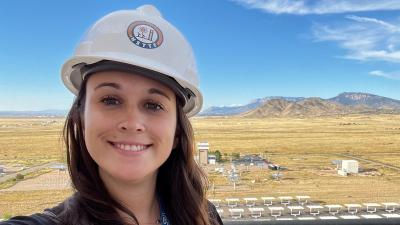 Rensselaer Doctoral Student Conducting Research at Los Alamos National Lab
Rensselaer Doctoral Student Conducting Research at Los Alamos National Lab
 With Pivot Fellowship, RPI’s Jian Shi Tackles Big Quantum Computing Challenge
With Pivot Fellowship, RPI’s Jian Shi Tackles Big Quantum Computing Challenge
 Rensselaer Polytechnic Institute Welcomes Tom Capek ’86 to Board of Trustees
Rensselaer Polytechnic Institute Welcomes Tom Capek ’86 to Board of Trustees
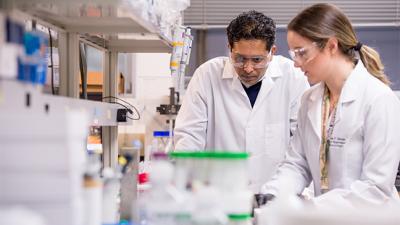 Scientists 3D-print hair follicles in lab-grown skin
Scientists 3D-print hair follicles in lab-grown skin
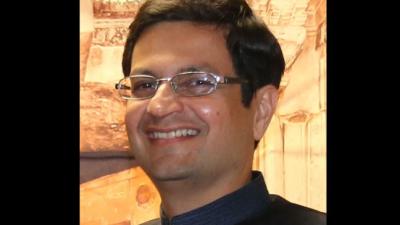 Rensselaer Polytechnic Institute Nanotechnology Expert Nikhil Koratkar Named American Physical Society Fellow
Rensselaer Polytechnic Institute Nanotechnology Expert Nikhil Koratkar Named American Physical Society Fellow
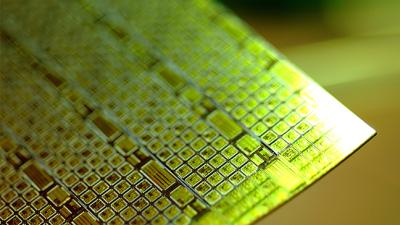 With New Grant, RPI Works To Shrink Microchips, Expand Semiconductor Workforce
With New Grant, RPI Works To Shrink Microchips, Expand Semiconductor Workforce
 Researchers Use AI To Predict Challenging Behaviors Common in Profound Autism
Researchers Use AI To Predict Challenging Behaviors Common in Profound Autism
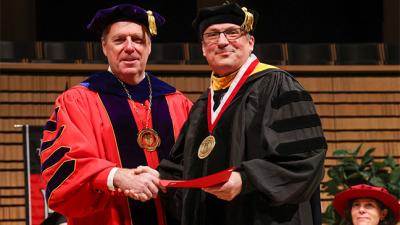 Pawel Keblinski Named John Tod Horton ’52 Professor of Materials Engineering
Pawel Keblinski Named John Tod Horton ’52 Professor of Materials Engineering
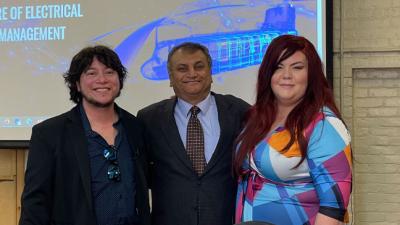 RPI Alumnus Featured in Discovery Network’s “Veteran’s Playbook”
RPI Alumnus Featured in Discovery Network’s “Veteran’s Playbook”
 RPI Alumnus Sheldon Weinbaum ’59 Named Recipient of National Medal of Science
RPI Alumnus Sheldon Weinbaum ’59 Named Recipient of National Medal of Science
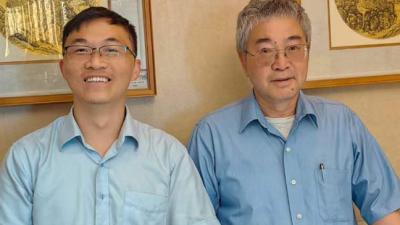 The Future of AI Is Wide, Deep, and Large
The Future of AI Is Wide, Deep, and Large
 Rensselaer Students Win National Competition for Heart Monitoring Device Design
Rensselaer Students Win National Competition for Heart Monitoring Device Design

